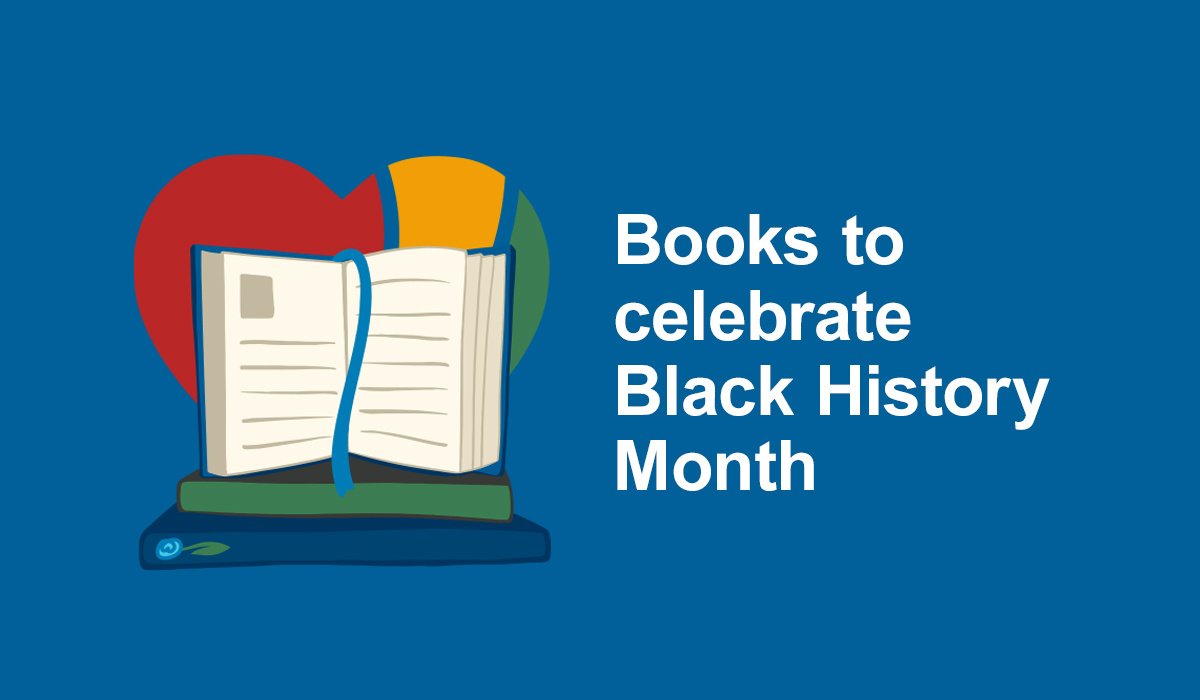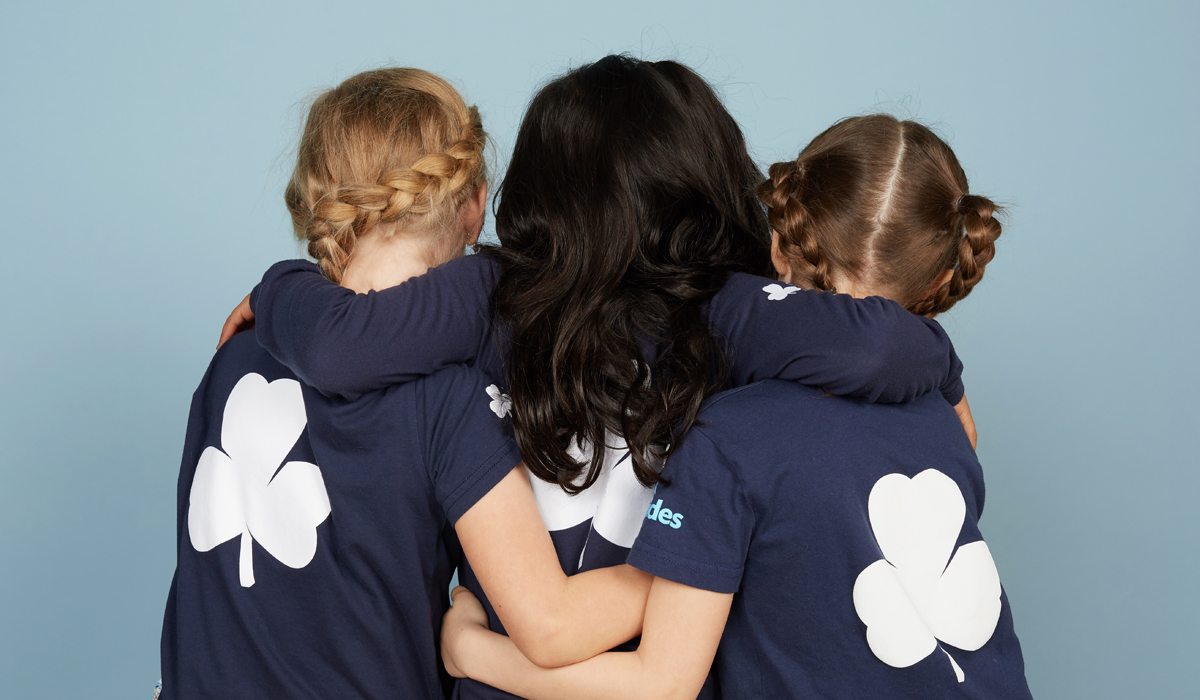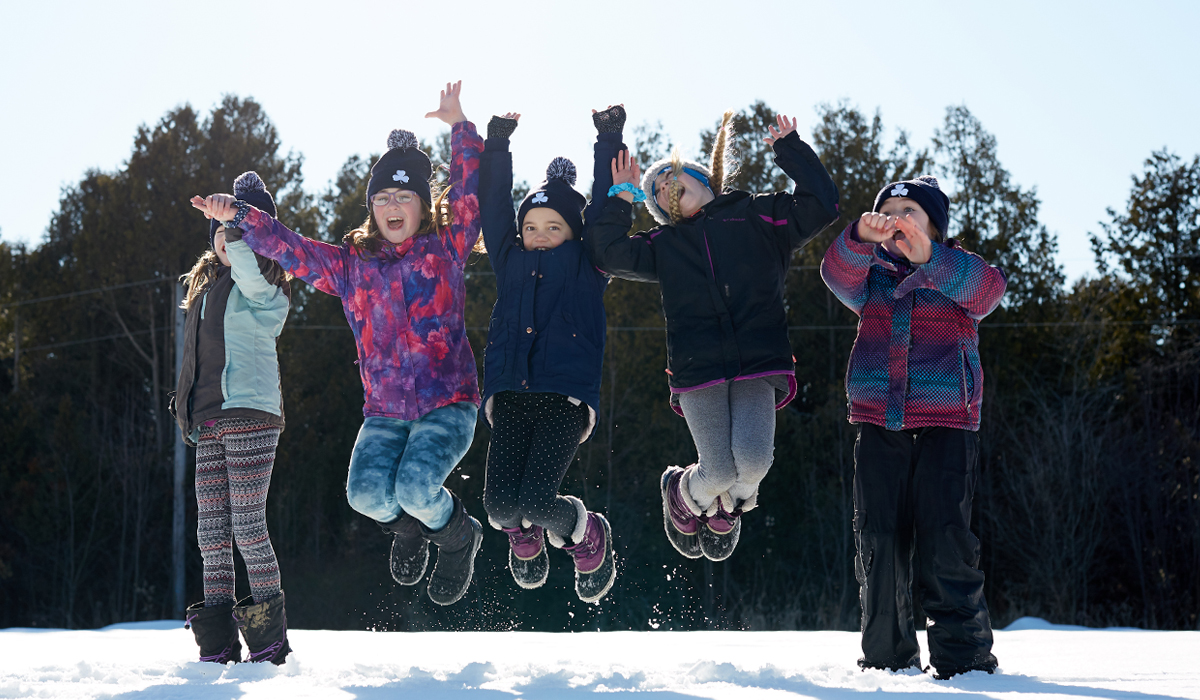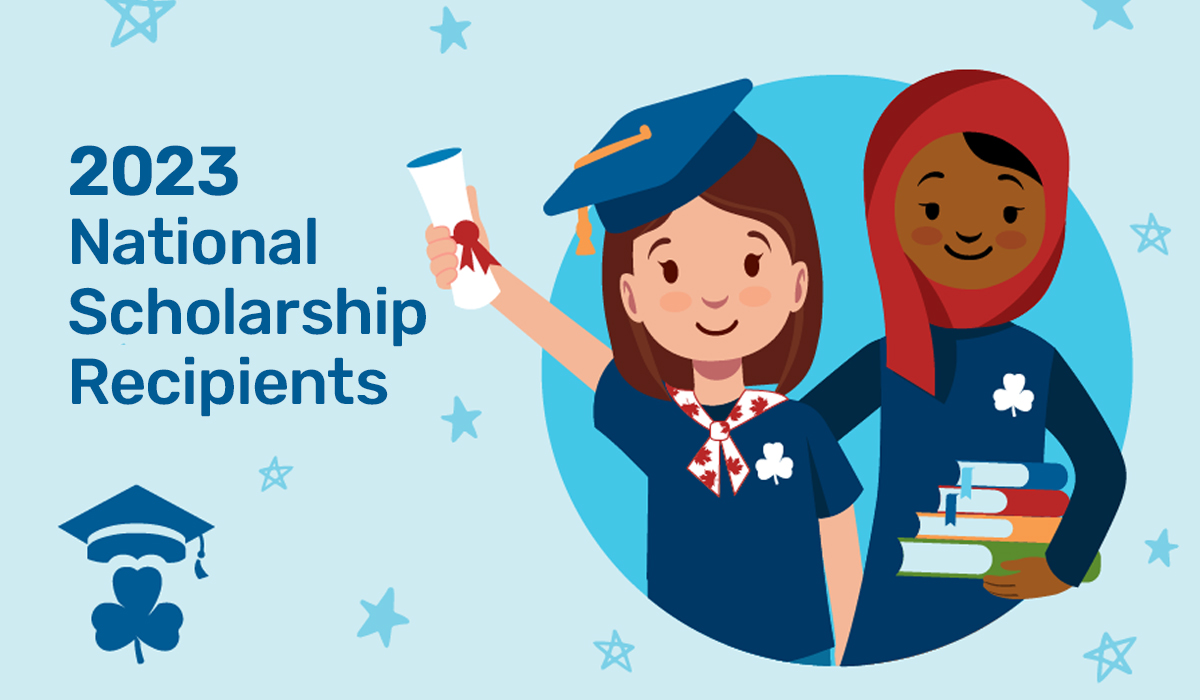 I recently went on a two-week long B.C. Girl Guide trip to Peru. We toured over a dozen towns in Southern Peru as well coastal cities such as Lima and Paracas. We hiked Machu Picchu, explored the floating islands on Lake Titicaca and went sandboarding in the desert. It was everything a perfect trip should be – educational, engaging and exciting.
I recently went on a two-week long B.C. Girl Guide trip to Peru. We toured over a dozen towns in Southern Peru as well coastal cities such as Lima and Paracas. We hiked Machu Picchu, explored the floating islands on Lake Titicaca and went sandboarding in the desert. It was everything a perfect trip should be – educational, engaging and exciting.
And as the only Spanish speaker on our trip, I had a slightly different experience than the rest of the group. Right from the start it became clear I was the unofficial group translator. A daunting role for even the most experienced.
Putting myself – and my language skills – to the test
The most challenging part of the trip was ordering food. Now, food was never my strong suit in Spanish class, so I would often guess a word’s meaning from the waiter’s hints. (And while my amazing Spanish teacher had taught me an extensive food vocabulary, as a vegetarian I didn’t bother learning any words for meat products. To anyone wanting to learn a language – I would not recommend doing this!)
It took us forever to order because I had to work my way through each item on the menu, translating it word for word.
Here’s how it kind of went: “So our first option is chicken with some sort of vegetable and a side of rice. Our next option, I think is a type of fish – not sure what type – with another local vegetable. Finally, our third option is some sort of animal. It could be steak, or pork or even alpaca. But the waiter says it’s good.”

It was a painstakingly long process but every meal was a delicious surprise.
For future jet-setters, I have a few pieces of advice:
- Create and keep a list of keywords written phonetically
It would also be helpful to print out a list of common foods in the country you’re visiting as well as phrases such as “only with,” “without,” “what’s in this,” etc. - Download a translating app
The apps often work without WiFi, but you should check in advance. If no one in your group speaks the language, there’s always Google translate! You can even use it to take a picture of a sign, and it will translate the words on it for you. - Go low-tech and carry a notebook and pencil
You can not only write down the new vocabulary you’re learning, but you can also use it to draw pictures or write numbers. This can simplify communication and help overcome language barriers. - Speak up!
This may seem obvious but one of the best ways to learn a language is to speak it! Before turning to your group translator, consult your handy phrasebook or dictionary and start talking. You’ll probably make a few mistakes or mispronounce a word or two but chances are, you’ll get your message across.
 I was so proud of my fellow Guiding travelers who immersed themselves in the language and seized every opportunity to learn a new Spanish word. This trip was an incredible experience; it pushed me outside of my comfort zone and put my Spanish skills to the test. At times, it was challenging, especially given my Lima-ted vocabulary, but I always had the support of my fellow Guiders.
I was so proud of my fellow Guiding travelers who immersed themselves in the language and seized every opportunity to learn a new Spanish word. This trip was an incredible experience; it pushed me outside of my comfort zone and put my Spanish skills to the test. At times, it was challenging, especially given my Lima-ted vocabulary, but I always had the support of my fellow Guiders.
Guest post by Taylor Ball. Taylor is a lifelong Girl Guide originally from Vancouver and currently studying Commerce at Queen’s University. Taylor is a member of the Canadian Guider editorial committee.
What’s your Girl Guide story? Share it on the blog. Send your blog pitch to ggcblog(at)girlguides.ca










Leave a Reply